How to light your art collection
With careful investment, the effects of modern lighting on your home spaces can be dramatic.
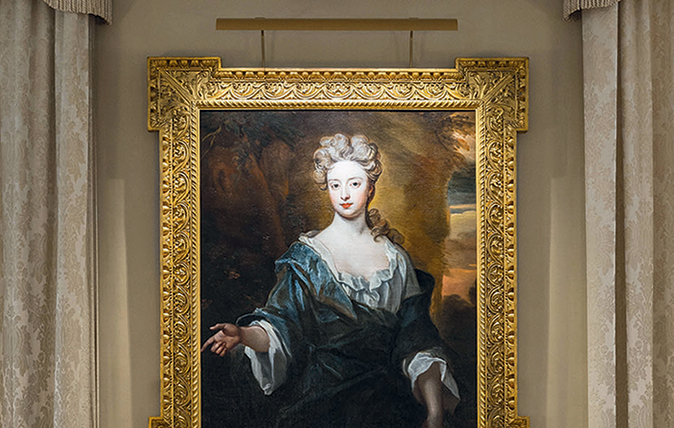

Cast your mind back to the 1960s and 1970s, and domestic lighting arrangements were pretty limited: a hanging pendant in the middle of the room, some table lamps and perhaps a floor lamp—plus a smattering of picture lights for special pieces in the grander rooms or houses. Today, the situation has changed and few architects or high-end developers would consider designing an interior scheme without consulting an expert on the art of room lights.
When it comes to lighting art in 2016, the options have likewise broadened and some would argue that you’d need a degree in electrical engineering to navigate through the lexicon. There are plenty of options beyond the familiar picture lights (although these still remain critical, particularly in a traditional setting), including recessed directional spotlights, recessed framing projectors, surface tracks, wall grazers and uplights, among others.
The reason for this flourishing of choice has been largely due to the advent (and ongoing fine-tuning) of LEDs. ‘Traditional incandescent or halogen lamps were good for lighting art in that the colour rendering— that is, the ability of the light to show all the colours of the spectrum—was pretty much 100%,’ explains Rebecca Weir, creative director of Light IQ (020–8749 1900; www.lightiq.com).
‘However, they had problems, including the fact that they emitted heat, which could damage the surface of the painting, not to mention the UV and infrared rays,’ she continues. ‘LEDs don’t emit heat, UV or infrared, but the colour rendering was, until just a few years ago, very poor. That has now been corrected— providing you know what to buy.’
Harry Triggs and Andrew Molyneux of TM Lighting are on a mission to educate laymen in how to understand the business of LEDs (020–7278 1600; www.tmlighting.com). The two met while studying engineering at Brunel University and set about redesigning the classic picture light so that museum-grade lighting could be achieved in the home. Today, alongside their range of lighting, they also advise individuals and organisations about how to light their art both to save money on energy bills and to comply with modern legislation regarding carbon emissions.
‘There are a lot of variable LEDs on the market and the key is to distinguish the ones that will actually create the right light and warmth in your house. Buy the wrong one, and the room could end up looking like a doctor’s surgery,’ explains Harry. Before buying, consider the three ‘Cs’: colour rendition (the depth of colour that the light emits), the colour temperature (the warmth of colour) and colour consistency. Anyone who has bought a piece of clothing in a shop only to discover that it’s a completely different colour in daylight will have experienced a lighting scheme with a poor colour rendition index (CRI). ‘You should look out for something that has a CRI of more than 90 and 2,700 Kelvin to produce that nice warm light that we’re used to,’ recommends Andrew.
The art of lighting
Exquisite houses, the beauty of Nature, and how to get the most from your life, straight to your inbox.
Visualise the space like a theatre stage and hand-pick pieces in that space that will become focal points, recommend Harry and Andrew. ‘You can opt for a casual look, lighting only one picture in a group and letting the light spill onto other works, or use accent lights to project a pool of light onto the group.’
LED picture lights remain the option of choice for hanging art in a traditional setting. ‘It’s important that the light projects well beyond the picture and even above to ensure no direct reflection on the art itself,’ recommends Sally Storey, design director of John Cullen Lighting (020–7371 9000; www.johncullenlighting.com).
Surrey-based Hogarth Lighting makes LED picture lights to suit any size of work. ‘Both our Classic and our Contemporary picture lights can be used with our invisible wire system, meaning there’s no need to channel through walls—you simply stick the wire to the wall and decorate over it,’ explains Robert Hogarth (0800 328 8051; www.hogarthlighting.co.uk).
Don’t dismiss LED downlighters, even in a traditional setting, says Rebecca. ‘Just make sure you can add lenses to the downlighters so that you can soften them, ensuring that you’re drawing attention to the art and not the light.’ If you have a mural to light, a wall grazer, a recessed slot or an uplight might work. For sculptures, TM Lighting suggests using spotlights in specific positions, working with light and shadow in order to accent the form. And, finally, for an almost invisible effect, the recessed framing projector that lights nothing except the picture or sculpture itself can be used in contemporary and traditional places for a ‘magical effect’.
-
 Five glorious properties for sale from the 11th to the 21st century
Five glorious properties for sale from the 11th to the 21st centuryA tithe barn, a Grade I-listed Norman keep, and a Georgian masterpiece all graced the pages of Country Life this week
-
 ‘I’m not impressed by an Oxbridge education’: Author Jessie Burton on her acting ambitions, writing ‘The Miniaturist’ and her consuming passions
‘I’m not impressed by an Oxbridge education’: Author Jessie Burton on her acting ambitions, writing ‘The Miniaturist’ and her consuming passionsThe Sunday and New York Times bestselling author wrote her debut novel under her desk while temping as a PA for private equity companies. Lotte Brundle meets her.
-
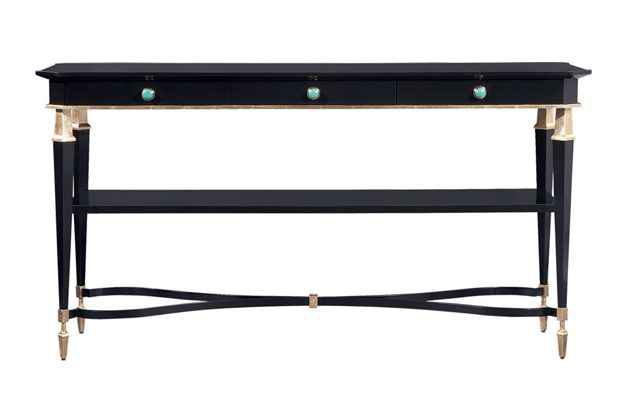 Stylish hallway furniture
Stylish hallway furnitureMake a lasting first impression with our choice of the best pieces for your hallway.
-
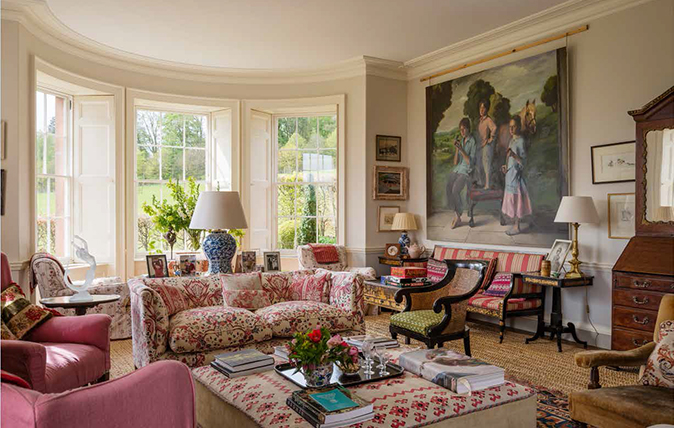 Drawing room ideas
Drawing room ideasA look into how an interior designer achieves a certain look or atmosphere. This week: the drawing room.
-
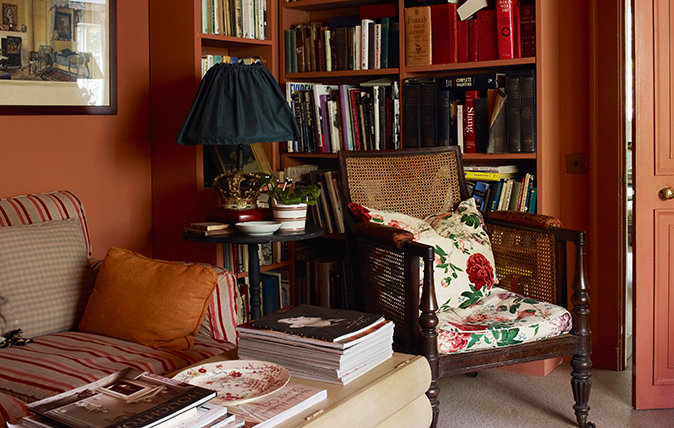 Library design ideas
Library design ideasA look into how an interior designer achieves a certain look or atmosphere. This week: Nicky Haslam's library.
-
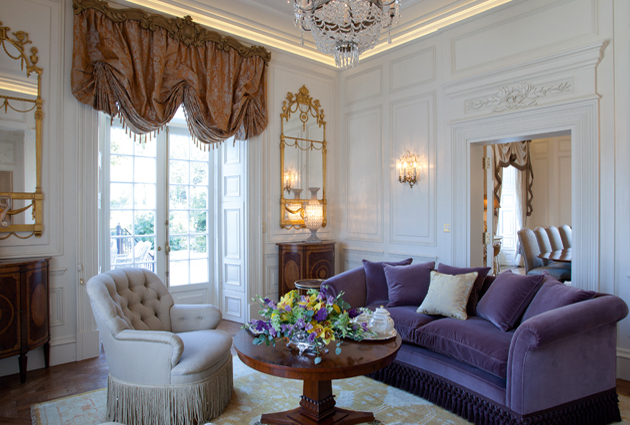 Morning room ideas
Morning room ideasA look into how an interior designer achieves a certain look or atmosphere. This week: the morning room with Janine Stone.
-
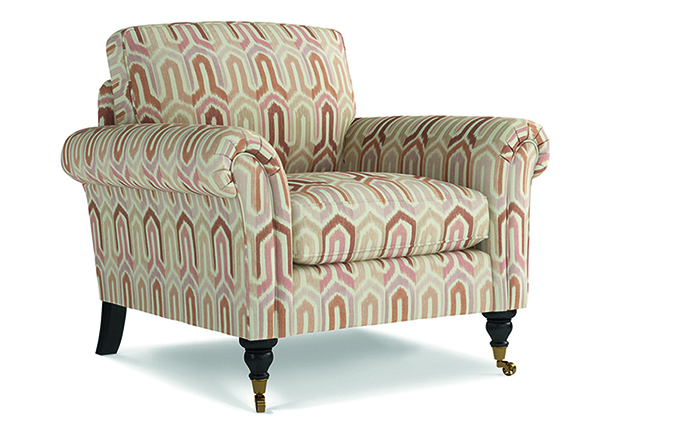 Beautiful things for your study
Beautiful things for your studyA study should be a quiet retreat for reading and reflection – we suggest some furniture pieces to create the right ambience.
